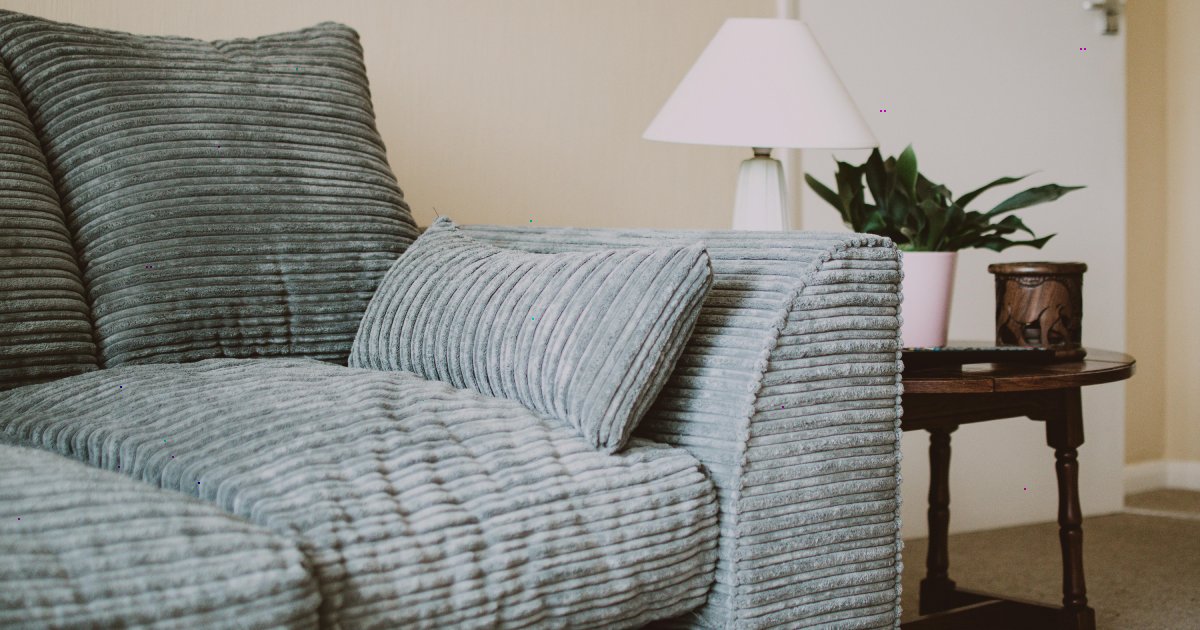
Furniture Industry Builds a New Licensing Strategy
By Mark Seavy
Furniture retailers and suppliers are relying more heavily on licensing as the industry struggles to recover from a tumultuous 2023.
Furniture store sales in the U.S. declined to $11.4 billion last month (down 6.1% compared to March 2023). That was an improvement compared to the 10.1% year-over-year decrease in February, however, and is higher than the same period in 2019 (pre-pandemic), according to the U.S. Department of Commerce. Moving forward, more challenges are expected for the furniture industry following signs from Federal Reserve Chairman Jay Powell that interest rates may remain unchanged this year—a stark reversal from earlier forecasts for rate cuts.
“We have a soft demand for home furnishings, a decrease that was further amplified by strong sales in the prior year driven by a surge in demand post-Covid when we filled a historically high backlog of orders,” said Hooker Furnishings Corp. CFO Paul Huckfeldt.
A licensing-focused strategy that relies heavily on tried-and-true designs bolstered by big brand names is being employed to address these declines. And for those attending the High Point Furniture Market this week in North Carolina, this more cautious approach was apparent in suppliers’ focus on neutral colors rather than the broad array that was common in previous years.
And while Jerry Epperson, Managing Director at Mann, Armistead, and Epperson, expressed hope during his State of the Industry presentation at the furniture show, other industry observers were less optimistic about recovery.
“Imitation and iteration are all over the [furniture] market right now and that is where licenses can really mean something in terms of separating a brand from the competition,” a furniture executive said. “In a tough economy, you can create a loop of [retailers] buying things that sell and designing products that look like those things and are only slightly different. There is this loop of repetition instead of designing products that take some chances. In seems like we are [in the time before] a rush of innovation, but if that doesn’t happen by the October [furniture] market, we have bigger issues to discuss.”
With so much focus on tried-and-true designs that are more likely to sell, that has created an opening for new licensing agreements to create a point of difference. Brady Bunch star turned furniture brand Christopher Knight, for example, parted ways with Noble House Home Furnishings after it filed for bankruptcy last fall and is nearing an agreement with a new supplier. North Carolina artist Bob Timberlake, who ended a tumultuous run in 2012 with licensee Lexington Furniture Industries, returned to High Point Furniture Market to launch new offerings with Carolina Custom Leather (leather upholstery products) and Archbold Furniture (wood case goods). Celebrity interior designer Brigette Romanek, who has worked with Gwyneth Paltrow, Beyoncé, and Demi Moore, licensed rug supplier Loloi for four area rug collections that are being handmade in India.
At the same time, Karastan is shipping Lanai Beige by Salt Life rugs in two different sizes this year. And Authentic Brands Group’s Judith Lieber Couture brand, whose late namesake was a famed handbag designer, entered the licensing business for the first time with premium home furnishings supplier Theodore Alexander. The 30-piece collection consists of beds, sofas, dining and accent tables, sideboards, and other products. Theodore Alexander also expanded its 20-year collaboration with Lord Andrew Spencer, the brother of the late Princess Diana Spencer, with a 52-piece Spencer London collection of desks, chairs, sofas, side tables, and other products.
The Metropolitan Museum of Art licensees Abner Henry and Eichholtz also expanded their collections at the show. Henry unveiled a seven-piece Façade collection that references Richard Morris Hunt’s Beaux-Arts designs and will be available on a customized basis. Eichholtz, meanwhile, displayed its furniture with fellow licensee Scalamandre (fabric, wall coverings, and trim).
“We are seeing design elements like form, function, and color spread across home furnishings products so quickly,” said Tom Mirabile, Principal of Springboard Futures, a New Yor- based consumer and home trend analysis firm. This Is due in part to Leaning towards products that have More accessible aesthetics to draw a larger audience. Another factor has been a reduction in internal development and design resources. The result has been a lack of product differentiation across categories and brands. That is where a license can come into play, where you have someone that can imbue furniture and accessories with an aesthetic and brand value without high fixed expenses.”
Not every licensing agreement is destined for success, however. As furniture makers struggle to turn a profit, there has also been some backlash against social media influencers licensing suppliers to field furniture collections.
“There is a growing resentment regarding the growing number of social media influencers who are being granted licenses, A sentiment that this trend is devaluing true design,” Mirabile said. “Influencers are crossing product categories, and they are not necessarily experts in anything in particular. Licenses are pushed to get to market fast, while their relevance and recognition is high, but the lifespan of an influencer is generally shorter and support on social media and elsewhere that supports their ascent can evaporate so quickly.”

















